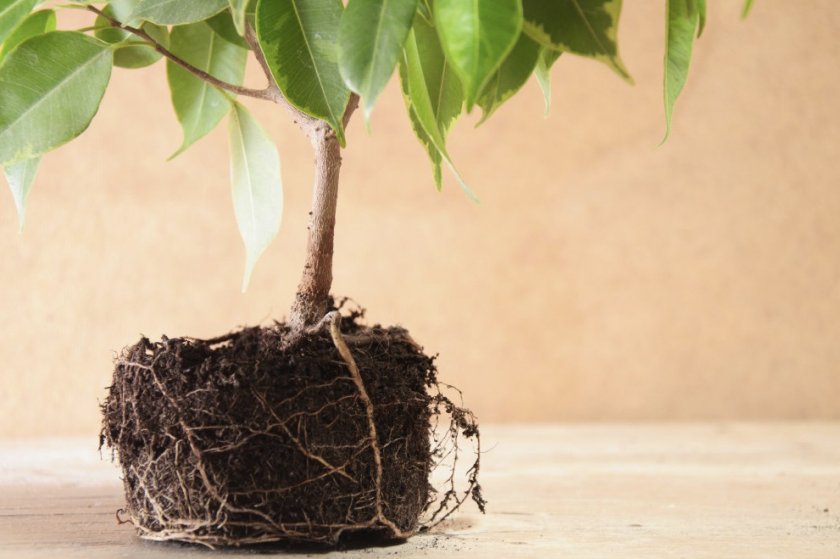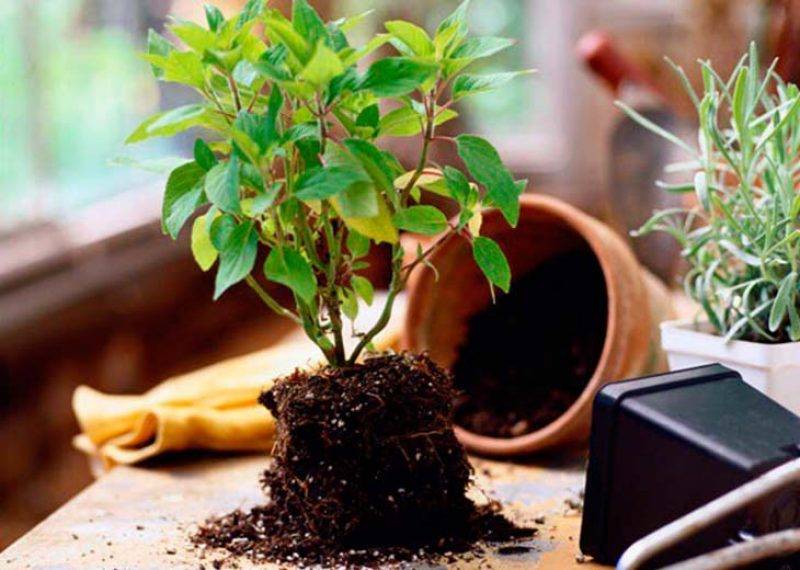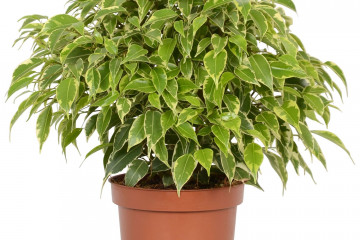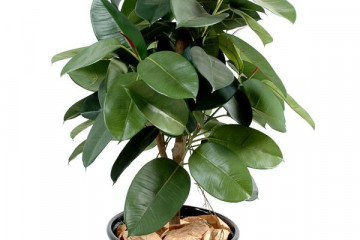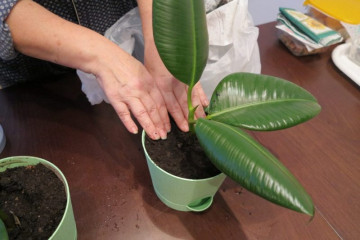How to transplant ficus at home to a new place
Content:
Inexperienced flower growers may have a question of how to transplant a ficus. There are no particular difficulties here, but there are several main features. The rubbery plant variety is picky about the composition of the soil and the capacity in which it must grow. The adaptation period can be a serious test for the plant.
When do you need a transplant
To determine when to transplant ficus, you need to monitor the plant. Main signals:
- Roots begin to sprout through the drainage hole - there is little room for the root system.
- In general, the condition of the leaves and the aerial part of the plant deteriorates.
- There are problems with the soil - mold appears or insect pests start.
- Flower disease becomes a clear need to change the place of its growth.
How often to transplant ficus
This procedure is perceived by the plant as stress, so it should not be abused. Ficus must change the old place to a new one every 3-4 years. But there are exceptions when the process of changing the pot is required much more often. In order not to be mistaken with the transplantation regime, you should carefully monitor the plant - it will tell you itself.
How to choose a pot and soil
First you need to find a suitable pot. What to look for when choosing:
- The container should be 4 cm larger in diameter than the root system if the shape of the pot is round, or 2 cm larger on each side of the previous perimeter if the shape is square.
- The material of the pot can be anything - ceramics, plastic, clay. But natural material is considered preferable.
- The depth of the container must be selected in accordance with the size of the plant root system.
The soil should be like this: leafy earth + sod land + peat + coarse sand. When making a soil mixture, it is worth adhering to the proportions of 2: 2: 1: 1, respectively.
You can use agroperlite instead of sand. The modern component will improve all the qualities of the soil - air permeability, balance moisture, carry out additional loosening of the soil.
Soil disinfection
If the substrate will be made independently, then you need to take care of the correct preparation of each component. For this, the land is completely disinfected. There are 4 main ways:
- Freeze the soil for 2 weeks at temperatures below -10 ° C.
- Roasting in the oven. Place the leaf in the oven for 3 hours at 180 ° C.
- Rinse the soil with a weak solution of potassium permanganate and then dry the material.
- Rinse the ground with boiling water. You need to do this several times, and then dry the base well.
Preparing for transplant
Before transplanting the ficus, it must be prepared for this procedure. It is necessary to stop watering a few days before transplanting. Then the soil in the old pot will dry out a little, and the plant can be easily removed from the container by rolling the walls of the pot.
When the plant with the earthy clod is removed, you can begin to prepare the root system. For this you need:
- Soak an earthen lump in water.
- Examine the root system for damaged or damaged areas.
- Remove bad roots, and sprinkle the cuts with activated carbon powder.
Transplant methods
There are several transplant methods, each of which has its own distinctive characteristics. For example, planting in a ready-made substrate or germination in water is used to root the shoot during the breeding season. The same methods are applicable when used instead of a shoot cuttings.
The very same ficus transplant is performed as follows:
- A new container with a drainage layer and a new substrate is being prepared.
- The plant is prepared in accordance with the above rules.
- A hole is made in the soil for the root system. A shoot is installed and the root is sprinkled with a substrate.
- Press the soil in the area of the stem. Produce minimal watering. Better to use a spray bottle.
Care after plant transplant
Regardless of which variety of ficus was transplanted, care for it must be correct, otherwise the plant will die.
Principles of caring for ficus after the procedure:
- Temporarily stop feeding, as the new soil is quite fertile.
- Reduce watering in the first month to 1 time per week, but at the same time carry out daily spraying of the crown.
- Place the flowerpot in a slightly shaded place to allow the flower to adapt to new conditions.
Transferring from the shipping pot after purchase
To reduce stress on the plant, it is enough to plant a small seedling along with an earthen clod in a permanent pot. The transport container is usually filled with peat, which will form the basis of a fertile substrate.
How to transplant ficus at home without mistakes
To minimize the number of errors when transplanting ficus, you need:
- Select the correct soil for the composition of the components.
- Choose a good and correct pot.
- Lay a drainage layer.
- Choose the right time for the transplant.
You should never transplant ficus in winter, as this can destroy the plant. The rest of the procedure is acceptable for the plant. The main thing is to choose the right container and substrate.
